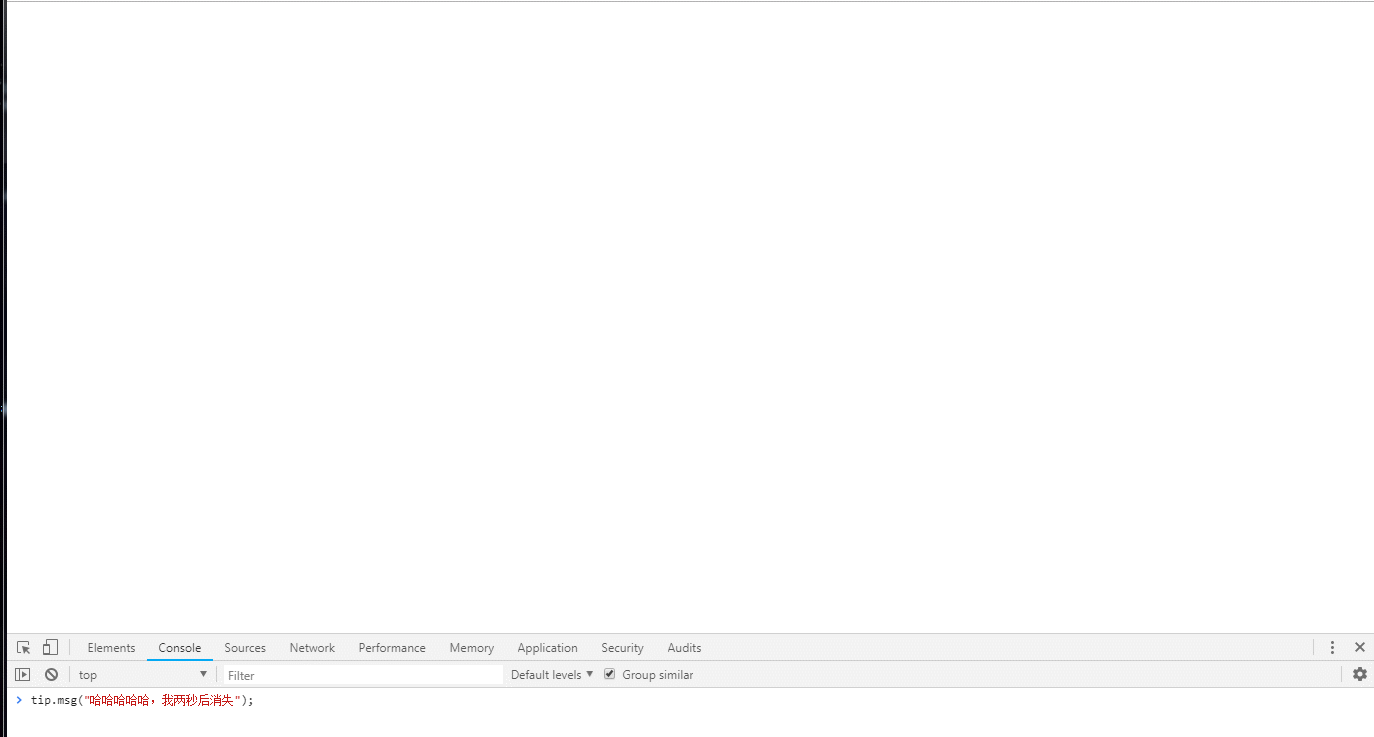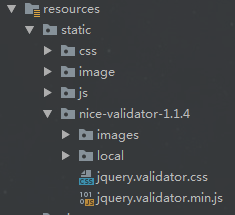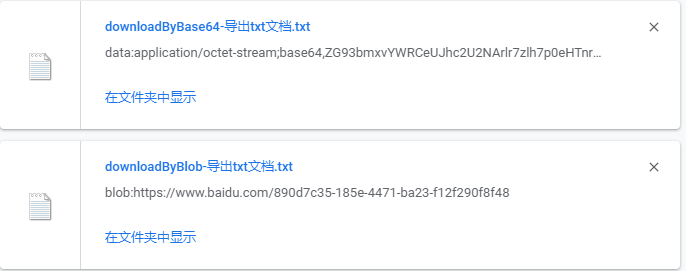昨天
I asked 如何将带有自包含数据的d3js javacript文件带入Shiny中以绘制强制网络图.现在我正在寻找下一步:server.R将读取JSON数据文件以在图中显示.我一直在努力调整使用messageHandlers将数据传递到d3JS的
this example .这超出了我的专业知识,所以我正在寻求一些帮助.我很确定它出现在messageHandler中,哪里出了问题.
我很乐意发表完整的工作实例,因为这将使我对R,Shiny和d3JS集成有一个新的理解. PS:是的,我看过networkD3和其他工具.我的d3JS图表比这里的简单示例复杂得多. :)接下来的步骤还将包括使图表在Shiny中选择输入有反应,但我首先需要解决这个问题.
非常感谢!
蒂姆
ui.R – 按下按钮,接收图表!
shinyUI(fluidPage(
titlePanel("Shiny Binding to d3JS"),sidebarLayout(
sidebarPanel(
tags$head(tags$link(rel = "stylesheet",type = "text/css",href = "twoNodes.css")),actionButton("var_run",label="Create Graph!")
),mainPanel(
h3("D3JS FN OUTPUT:"),# load D3JS library
tags$script(src="d3.min.js"),# load javascript
tags$script(src="twoNodes.js"),# create div
tags$div(id="div_graph")
)
)
))
server.R – 当前读入两个节点及其链接. IRL它会查询数据存储.
library(shiny) library(rjson) # Read JSON from the file json_data <- fromJSON(file="twoNodes.JSON") shinyServer( function(input,output,session) { # exception handler for when action button is clicked # session$sendCustomMessage is where things start to fall apart observe({ if (input$var_run == 0){ return() } session$sendCustomMessage(type="jsondata",json_data) }) } )
twoNodes.JSON – 数据
{
"nodes":[
{"id":0,"name":"Observations","group":"1"},{"id":1,"name":"DataSet","group":"2"}
],"edges":[
{"source":0,"target":1,"value":""}
]
}
twoNodes.css – 样式表
#nodegroup1{
fill:#000000;
fon-family: Serif,Georgia;
font-size: 14px;
font-weight: bold;
}
.nodetext{
font-size:8;
color: red;
}
.edgelabel{
font-size:12px;
fill:darkblue;
}
.edges{
stroke: #ccc;
stroke-width: 2;
}
twoNodes.js – 我试图利用的d3JS魔法
Shiny.addCustomMessageHandler("jsondata",function(message){
var dataset = [message];
d3.select("#tempID").remove()
// lines from original d3JS follow
//Width and height for SVG area
var w = 300;
var h = 200;
// changed from body to #div_graph. Added tempID
var svg = d3.select("#div_graph").append("svg")
.attr("id","tempID")
.attr("width",w)
.attr("height",h);
svg.append("text")
.text("Two Nodes in a Force Network")
.attr("x",10)
.attr("y",15);
// Data source - Now comes in with message handler
// d3.json("/d3/CubeStructure/twoNodes.JSON",function(dataset) {
var force = d3.layout.force()
.nodes(dataset.nodes)
.links(dataset.edges)
.gravity(.05)
.charge(-180)
.linkdistance(100)
.size([w,h])
.start();
var drag = force.drag()
.on("dragstart",dragstart);
var edges = svg.selectAll("line")
.data(dataset.edges)
.enter()
.append("line")
.attr("id",function(d,i){return 'edge'+i})
.attr("class","edges")
.attr("marker-end","url(#end)");
var nodes = svg.selectAll("g.node")
.data(dataset.nodes)
.enter()
.append("g")
.attr("class","node")
.on("dblclick",dblclick)
.call(drag);
nodes.append("circle")
.attr("r",10)
.style("stroke","black")
// Mousover Node - highlight node by fading the node colour during mouSEOver
.on('mouSEOver',function(d){
var nodeselection = d3.select(this).style({opacity:'0.5'});
})
//MouSEOut Node - bring node back to full colour
.on('mouSEOut',function(d){
var nodeselection= d3.select(this).style({opacity:'1.0',})
})
// Node label
nodes.append("text")
.attr("class","nodetext")
.attr("dx",12)
.attr("dy",".35em")
.attr("id",i){return 'nodegroup1'}) // all get the same style
.text(function(d) { return d.name }); // Just the name
// Paths along which to apply the edge label
var edgepaths = svg.selectAll(".edgepath")
.data(dataset.edges)
.enter()
.append('path')
.attr({'d': function(d) {return 'M '+d.source.x+' '+d.source.y+' L '+ d.target.x +' '+d.target.y},'class':'edgepath','fill-opacity':0,'stroke-opacity':0,'fill':'blue','stroke':'red','id':function(d,i) {return 'edgepath'+i}})
.style("pointer-events","none");
// dx : the starting distance of the label from the source node
var edgelabels = svg.selectAll(".edgelabel")
.data(dataset.edges)
.enter()
.append('text')
.style("pointer-events","none")
.attr({'class':'edgelabel',i){return 'edgelabel'+i},'dx':40,'dy':0
}) ;
force.on("tick",function() {
edges.attr("x1",function(d) { return d.source.x; })
.attr("y1",function(d) { return d.source.y; })
.attr("x2",function(d) { return d.target.x; })
.attr("y2",function(d) { return d.target.y; });
nodes.attr("transform",function(d) { return "translate(" + d.x + "," + d.y + ")"; });
edgepaths.attr('d',function(d) { var path='M '+d.source.x+' '+d.source.y+' L '+ d.target.x +' '+d.target.y;
//console.log(d)
return path});
// positioning of the label along the edge
edgelabels.attr('transform',i){
if (d.target.x<d.source.x){
bBox = this.getBBox();
rx = bBox.x+bBox.width/2;
ry = bBox.y+bBox.height/2;
return 'rotate(180 '+rx+' '+ry+')';
}
else {
return 'rotate(0)';
}
});
});
// }); // not needed due to msg handler End of reading in JSON from file
// Double click to 'unfix' the node and have forces start to act on it again.
function dblclick(d) {
d3.select(this).classed("fixed",d.fixed = false);
}
// Set the "fixed" property of the dragged node to TRUE when a dragstart event is initiated,// - removes "forces" from acting on that node and changing its position.
function dragstart(d) {
d3.select(this).classed("fixed",d.fixed = true);
}
}); // end of new function
解决方法
你很近.它只需稍加修改即可使用; twoNodes.js中的第3行应该是
var dataset = message;






